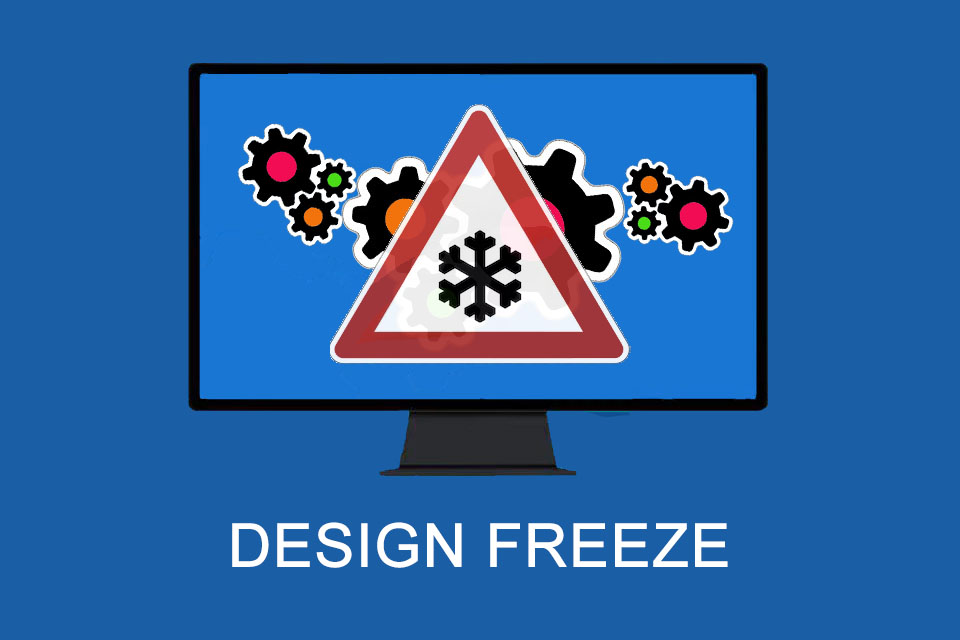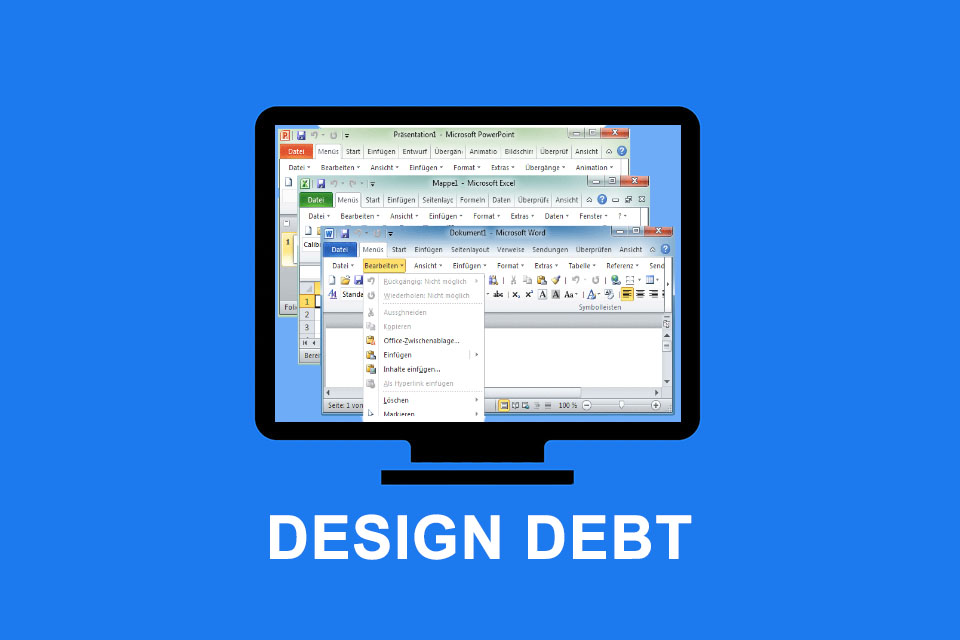What is Design Freeze?
Design freeze – ensuring stability in the development process
In dynamic and often complex development projects, adjustments and changes to the design can easily occur. The risk here: delays, budget overruns and unclear objectives. A design freeze puts an end to this uncertainty and allows teams to focus on implementation without new design changes disrupting progress.
Design freeze refers to the moment in the course of a project when no more changes or adjustments to the design of a product, software or system are permitted. This happens after the planning and conception phase, when the design has been finalised and approved. The main purpose of a design freeze is to stabilise the design aspects and ensure that the development teams can work with clear and fixed guidelines. This avoids constant redesigns that could otherwise hinder project progress and lead to misunderstandings. A successful design freeze creates the conditions for efficient implementation and contributes significantly to adherence to time and budget plans.
Advantages of a design freeze
A design freeze has numerous advantages that contribute significantly to the successful realisation of a project. The most important advantage is the stabilisation of the entire development process. By fixing the design, all teams involved receive clear specifications that can no longer be changed. This stability creates the necessary planning and action security for the developers, as they can concentrate fully on the implementation without having to consider constant adjustments or new design requirements.
Another significant advantage is the avoidance of so-called scope creep. This describes the uncontrolled expansion of the project scope through continuous changes or additions to the design. A defined design freeze protects against this problem by drawing a clear boundary: No new functions or design changes are allowed after the freeze. This helps to keep the project on time and on budget and avoids unexpected extra work or costs.
A frozen design also promotes the efficiency of the development processes. As the specifications are unchangeable, the teams can concentrate fully on implementation. This increases productivity and avoids additional work that could be caused by subsequent changes. It also reduces the risk of new design ideas emerging during implementation that contradict the previous development and may lead to extensive changes.
A design freeze also improves collaboration and communication between the various departments and stakeholders. Everyone involved works on the basis of the same, defined design specifications, which facilitates coordination and minimises misunderstandings. Teams working on different aspects of the project can be sure that their work is focussed on a common goal.
In addition, a frozen design simplifies resource planning considerably. Once the design is finalised, staff, materials and time can be allocated and planned more efficiently. There is no need for unforeseen additional work, which makes it easier to keep to the project schedule. The clarity provided by the design freeze allows project managers to make relatively precise resource decisions and ensure that all teams can work optimally.
Finally, the design freeze also plays a crucial role in quality control. As no further design changes are made, testing and quality assurance teams can carry out targeted checks without having to consider possible future adjustments. This allows for a consistent and effective review of the product, ensuring that the final design specifications are met and that the end product meets the desired quality standards.
Overall, a design freeze not only provides stability and structure in the development process, but also creates the basis for efficient and timely realisation. It protects the project from continuous design changes, promotes collaboration and plays a key role in ensuring that time and budget targets are met.
Challenges of the design freeze
A design freeze offers numerous advantages, but can also be associated with a number of challenges. These should be considered and carefully managed in order to successfully implement the freeze. The biggest challenges include
- Once the design is firmly frozen, no new ideas or adjustments can be introduced. This limits the flexibility of the team, especially if unexpected requirements or improvements are identified during implementation. It can be frustrating if good ideas cannot be implemented because the design has already been finalised.
- The design freeze usually occurs after the planning phase, before implementation has fully begun. If aspects of the design are overlooked at this stage or inaccurate assumptions are found to be incorrect, it can be difficult to rectify these issues later. The risk is that important functional or aesthetic details are not taken into account, which only become apparent during practical implementation.
- Not all stakeholders are always willing to adhere to a design freeze. Stakeholders may continue to express change requests or suggest additional requirements that they consider essential. Managing such expectations can be challenging, especially when external partners or customers try to introduce new design ideas during the development phase.
- In long-term projects, there is a risk that the design may become outdated or no longer meet the latest market requirements during implementation. Technologies and customer needs can change quickly, and a fixed design that must not be adapted could lose its relevance as a result. This requires thorough market analysis and planning in advance to ensure that the design is long-lasting and future-proof.
- The timing of the design freeze often puts considerable pressure on design teams to make all important decisions before the set deadline. This pressure can lead to rushed decisions that are not always well thought out. When teams try to finalise everything before the freeze, the quality of the design can suffer.
- In large projects involving many teams and departments, it can be difficult to implement a design freeze smoothly. Different departments might have different needs and priorities, and freezing the design for an entire project can lead to internal conflict if individual teams feel that their part of the design is not yet complete.
- To comply with the design freeze, compromises are sometimes made on certain design decisions. This could result in not the best solutions being implemented, but only those that could be finalised by the deadline. Such compromises could affect the quality of the final product.
A design freeze is an important step to ensure the stability of a project, but the challenges involved should not be underestimated. Ideally, thoughtful analysis and planning, clear communication and management of expectations will help with implementation.
Impulse to discuss
How can the balance between the necessary stability of a design freeze and the flexibility to adapt to new findings or market changes be optimised?
Notes:
You are welcome to share or link to the content on this page.
Here you will find a nice comparison of design freeze, feature freeze and code freeze (in German).
Here you can find additional information from our Smartpedia section:



